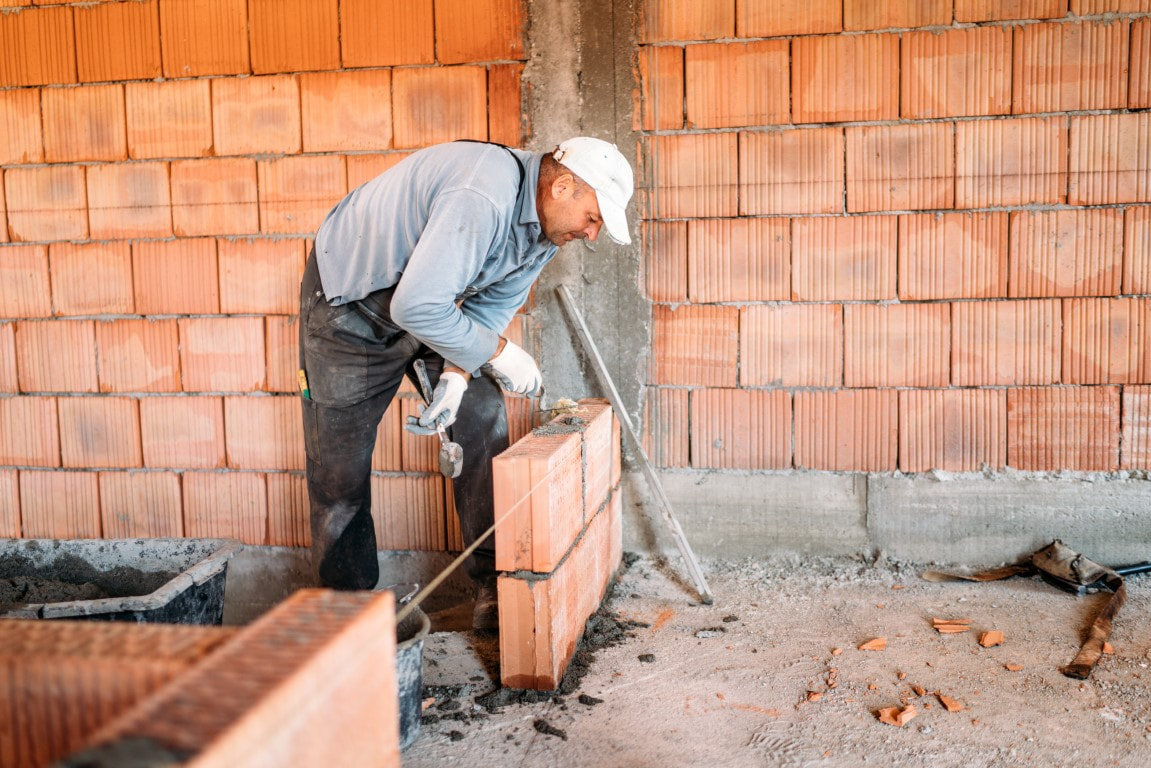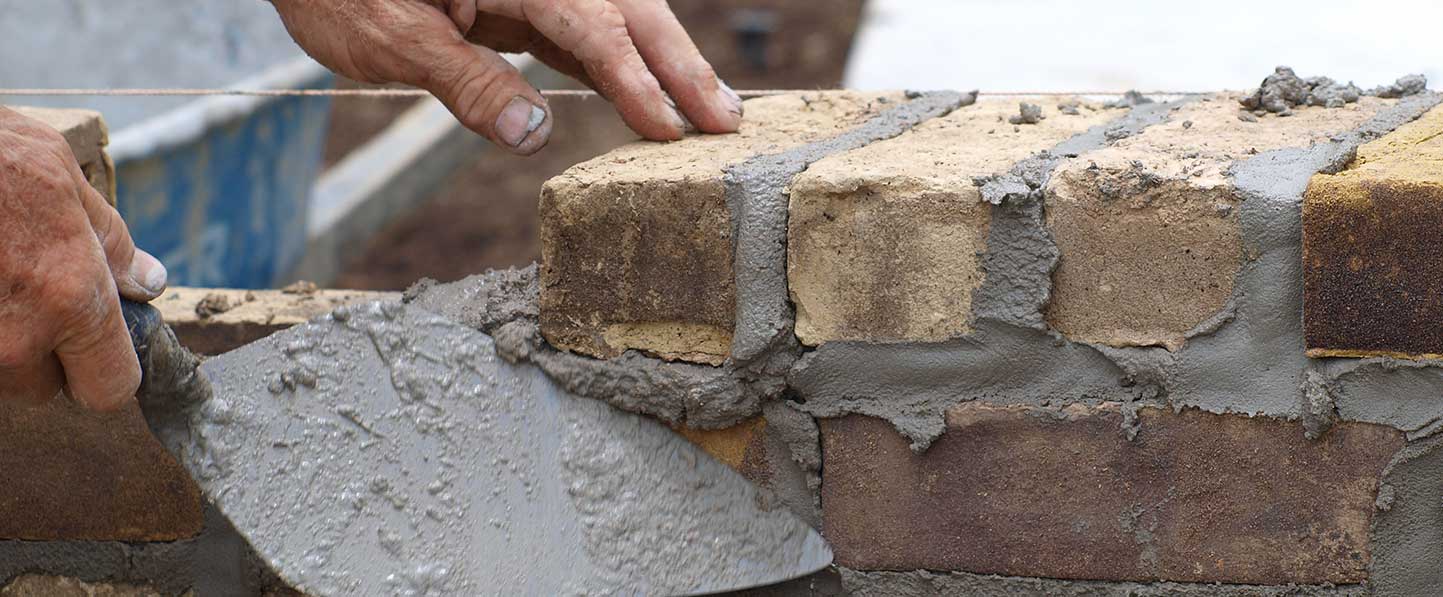Trustworthy Tuckpointing Services for Improving Block and Rock Surfaces
Trustworthy Tuckpointing Services for Improving Block and Rock Surfaces
Blog Article
Unlocking the Tricks of Lasting Stonework Building Practices for Eco-Friendly Buildings
Amongst the myriad strategies to eco-friendly structure, lasting masonry building stands out as a time-tested and durable approach that holds a wide range of untapped potential. From the choice of materials to cutting-edge building and construction methods, the tricks to accomplishing sustainability within masonry building and construction are complex and fascinating.
Advantages of Sustainable Stonework Construction
Welcoming lasting masonry building and construction practices not just decreases ecological effect yet also supplies long-term economic advantages to building contractors and neighborhoods. By using products like recycled blocks, blocks, and rocks, building contractors can substantially reduce the carbon footprint of their jobs while promoting resource effectiveness. Additionally, sustainable masonry building techniques, such as appropriate insulation and thermal mass homes, can improve power effectiveness within buildings, causing minimized functional expenses with time.
Additionally, the durability and resilience of stonework structures contribute to long-term economic advantages. Structures built making use of sustainable stonework techniques usually call for much less repair and maintenance, equating to set you back financial savings for building contractors and home owners. The longevity of masonry products also ensures that frameworks continue to be secure and secure, reducing the demand for regular restorations or substitutes.
Eco-Friendly Stonework Materials
Making use of green masonry products is a pivotal action in the direction of enhancing the sustainability of building and construction methods and minimizing environmental influence while making best use of lasting financial advantages. Sustainable stonework products are sourced, produced, and used in a way that decreases general environmental effect. Lasting concrete obstructs incorporate recycled aggregates and may include enhanced insulation residential or commercial properties, contributing to energy effectiveness in buildings.
Additionally, natural materials like adobe, rammed earth, and straw bundles provide outstanding thermal mass buildings, lowering the demand for heating and cooling energy. These products are commonly in your area offered, advertising regional economic situations and minimizing transportation-related carbon emissions. By selecting eco-friendly masonry materials, building jobs can substantially minimize their environmental footprint and add to the production of much healthier, a lot more sustainable developed environments.
Energy-Efficient Masonry Strategies
Power effectiveness plays a critical role in enhancing the sustainability of masonry construction techniques. By applying energy-efficient stonework methods, contractors can considerably reduce the overall power consumption of a building, resulting in reduced functional costs and a smaller environmental impact. One vital energy-efficient masonry technique is using thermal mass, which includes incorporating thick products like concrete or block right into the building's framework to soak up and store warmth. This assists control interior temperature levels, lowering the requirement for mechanical heating and cooling down systems.

Advancements in Lasting Masonry
Current advancements in lasting stonework practices have actually produced ingenious methods that are improving the building market. One such innovation is the advancement of self-healing concrete, which utilizes germs installed within the concrete to heal cracks autonomously. This advancement not only minimizes maintenance prices but additionally improves the resilience of masonry structures, adding to their sustainability.
One more remarkable technology is making use of recycled aggregates in stonework building - masonry contractor. By integrating materials such as smashed ceramic waste or recycled glass right into concrete blends, contractors can minimize the environmental influence of building projects while keeping structural honesty. This practice not just diverts waste from landfills yet also saves all-natural sources, making it an essential development in sustainable masonry construction
In addition, the combination of digital design tools, such as Building Information Modeling (BIM), is reinventing the method masonry frameworks are planned and created. BIM enables more exact calculations, decreased product wastefulness, and enhanced power effectiveness, eventually causing even more sustainable structure practices. These technologies collectively symbolize an encouraging future for lasting masonry construction in the era of environment-friendly structures.
Future Trends in Masonry Sustainability
With the ingenious strides made in lasting masonry methods, the future patterns in stonework sustainability are poised to further revolutionize the building sector. One of the vital patterns forming the future of masonry sustainability is the raised integration of modern technology. Developments such as Structure Details Modeling (BIM) and virtual truth simulations are being used to enhance masonry building procedures, bring about reduced material waste and enhanced energy effectiveness read in structures.
In addition, the growth of novel sustainable products is established to play a substantial duty in enhancing the eco-friendliness of masonry building. masonry contractor. Advancements like self-healing concrete, recycled aggregates, and bio-based binders are acquiring grip for their ability to reduce environmental impact while maintaining architectural integrity

Final Thought
Finally, lasting linked here stonework building and construction methods provide various benefits for eco-friendly structures. By using environmentally friendly materials and energy-efficient methods, stonework can add to an extra lasting built environment. Technologies in sustainable stonework are constantly being developed to even more boost the ecological performance of buildings. Looking in the direction of the future, the trend of stonework sustainability is anticipated to grow, leading to more ecologically pleasant and energy-efficient construction methods in the years to come.
Report this page